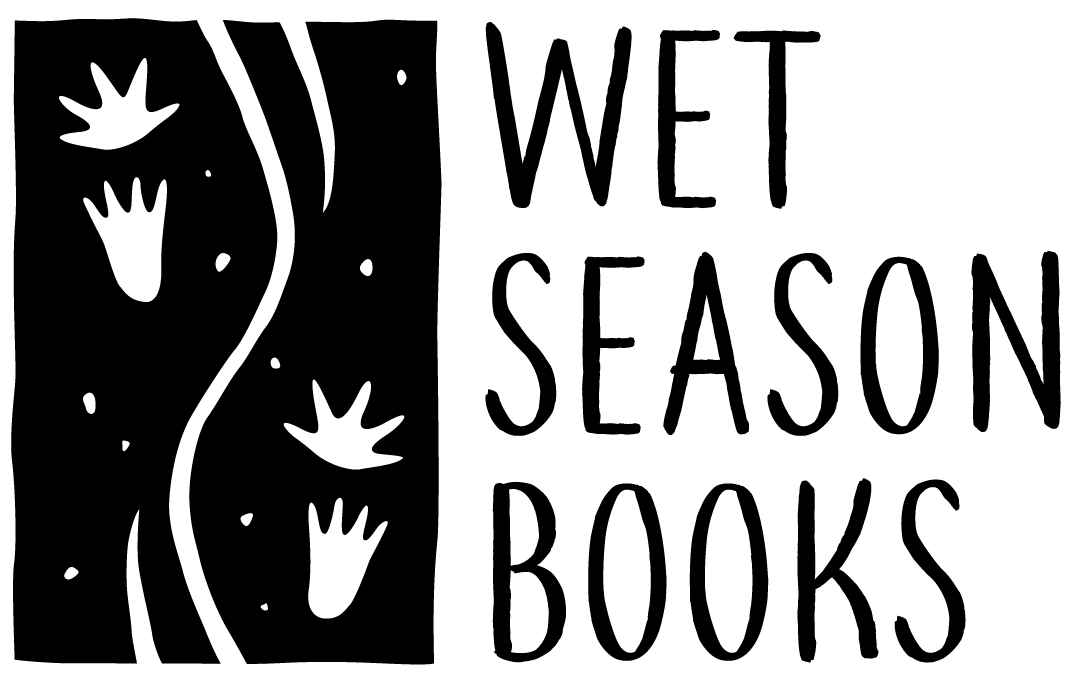Why, in Australia, it should be Bilbies not Bunnies this Easter.
Greater Bilby, illustration by Sarah Matsuda
My children are excited about the Easter bilby visiting this year. While Aussie kids are surrounded by images and stories of the Easter bunny, I purposely tell stories of the bilby and the way this precious animal helps the Australian bush come alive.
The bilby is a worthy Australian Easter mascot. Like many native burrowing mammals, bilbies play important ecological roles in the arid and semi-arid environments where they live. Greater bilbies are skilled excavators, capable of digging large spiral-shaped burrows, up to 2m deep, within hours. A small group of 2 to 3 bilbies can use up to 18 burrows at a time and they regularly dig new burrows, while abandoning others. In fact, bilbies are such proficient diggers that they are calculated to excavate more soil (volume of soil excavated per year) than any other species present in the same habitats. Their burrows provide temperate-controlled shelter in harsh climatic conditions and help protect other animals during a bush-fire. With these super powers, hiding eggs in the gardens of Australian children on Easter morning should pose them no problems at all.
Using their burrows for shelter during the day, bilbies emerge at night to sniff out food with their pointed snouts. Their foraging grounds are characterised by numerous 10 – 25 cm holes, which they dig while searching for termites, seeds, fungi, bulbs and fruit. In degraded areas, their foraging pits trap plant litter and seeds and accumulate nutrients and moisture, encouraging plant germination and growth. Bilbies are integral ecosystem engineers, perfect for a uniquely Australian symbol of new life.
Bilbies are incredibly special Australian mammals. Sadly, bilbies are also very rare.
Greater Bilby, illustration by Sarah Matsuda
The Easter Bilby Campaign began in 1991 to help raise awareness of the damage caused by introduced rabbits and to increase awareness of the plight of the endangered greater bilby.
Australians love an underdog, and when it comes to bunnies and bilbies, the bilby is definitely the underdog. The Australian landscape has changed dramatically over the last 200 years. Many of our small ground dwelling mammals have all but disappeared. The greater bilby, whose population was once widespread over 70% of the Australian mainland is now relegated to small patches of its former range. It’s cousin, the lessor bilby became extinct in the 1950s.
The extinction of the lessor bilby, and the dramatic decline of the greater bilby, was driven largely by introduced predators: the red fox and feral cat, and competition and habitat degradation from the introduced European wild rabbit.
Bunnies might be cute but in Australia they have a dark past … European wild rabbits were introduced in 1859. Within 50 years, rabbits had spread across the country with devastating implications for Australia’s native flora and fauna.
Similarly, the European red fox was deliberately introduced for recreational hunting purposes in the mid-1800s and their impact was compounded by the spread of feral cats. The wave of extinctions that followed were predominately ground-dwelling mammals in the critical size and weight range for predation from these two new hunters.
Our small mammals, such as bilbies, bettongs, bandicoots and potoroos once dominated the Australian landscape much like rabbits are common in Europe. They also played important ecological functions by turning the soil, assisting to decompose leaf litter, helping the ground absorb moisture and providing shelter for other wildlife. I believe our landscape misses them.
Bettong, illustration by Sarah Matsuda
By the middle of the 20th Century, Australia had lost a tragic number of our unique ground dwelling mammal species. In total, twenty-eight Australian endemic land mammal species have become extinct since 1788. Many more unique Australian mammals were reduced to a shadow of their former ranges, persisting only on off-shore islands or within fenced predator-proof areas managed for conservation purposes.
I see the bilby as a mascot for all our small ground dwelling mammals, that have disappeared, and are continuing to disappear, from our landscape. It is time we gave them the public profile they deserve.
To protect our unique native animals, and to stop them from silently disappearing, we need to move away from euro-centric mythologies and embrace our native fauna as our heroes. How different could things be if our children grew up with these animals in their nightly bedtime stories?
There is so much about Australian wildlife for our children to get excited about, but we need to help them connect with what is truly unique about the Australian environment. Getting children outdoors and into nature is a great start. However, as many of our unique animals are now locally extinct in areas accessible to our children, our unique wildlife must be kept in the national consciousness through art and storytelling.
If our children grow up with stories and narratives that foster a connection with Australian landscapes and wildlife, our native animals will have future advocates. A perfect way to do this is by changing the narrative of the Easter bunny and championing the Easter bilby.
Cate Storey is an Australian Children’s Author and founder of @Wet Season Books.




